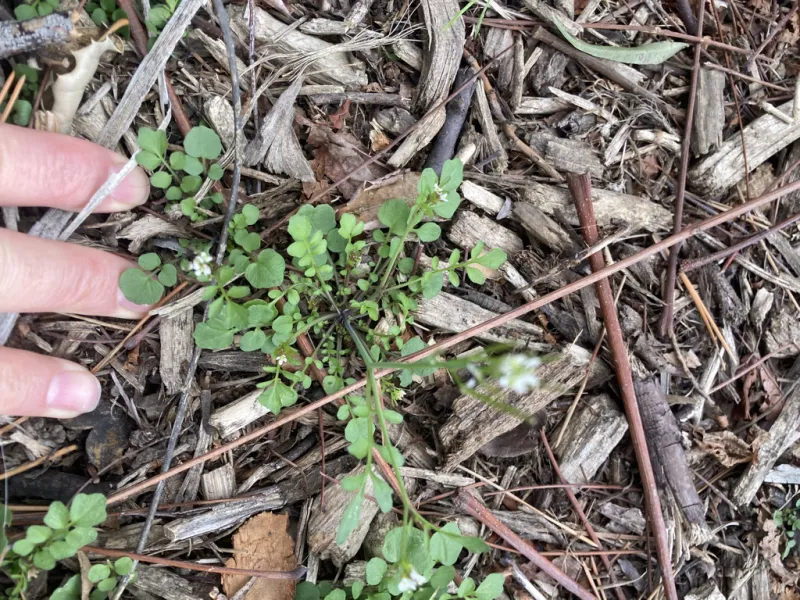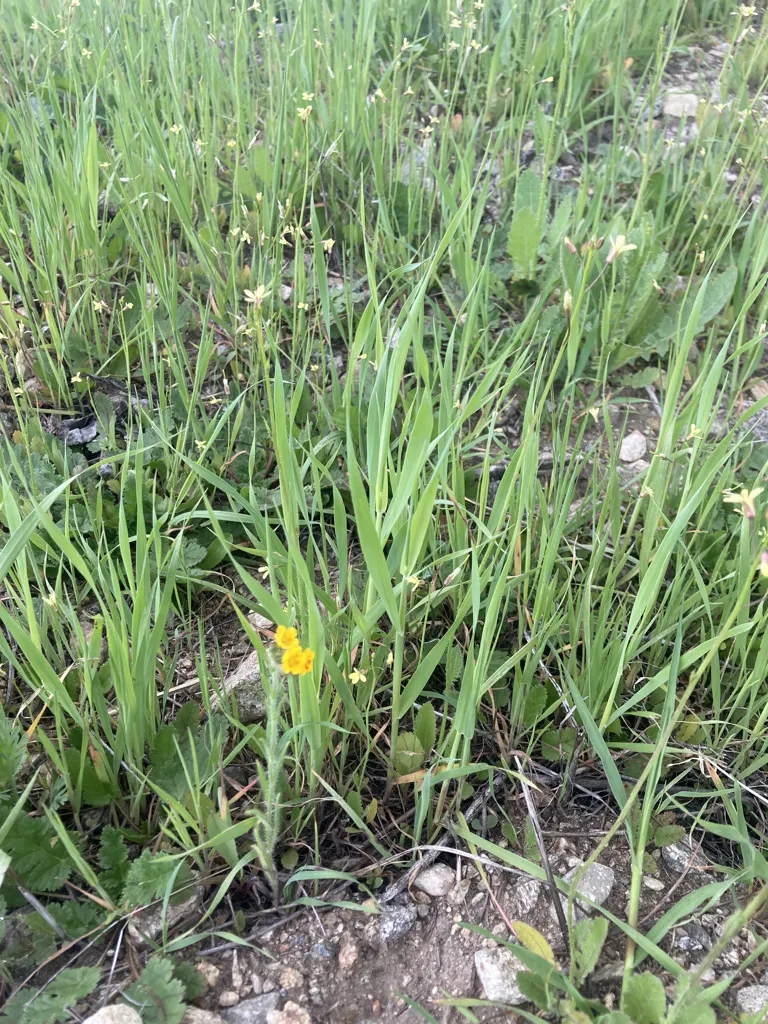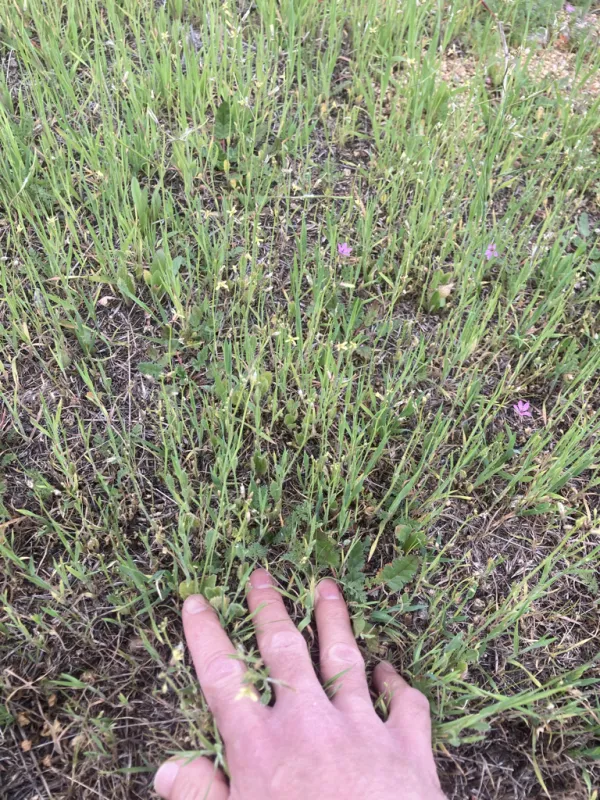Originally Posted April 1, 2025.
This year in Southern California the rainy season got off to a late start. Southern California has received about one half of the average precipitation total as of this writing (and that's not an April fool's joke). Last year we had over 50% more rainfall than the historic average, it was a wet year. Most of inland Southern California receives about 12 inches of rainfall in an average year, this year we've had less than 6 inches and last year we had about 16 inches. In addition, the first major storm of the Southern California season didn't arrive this season until into the first week of February. What does this mean for the weeds in Southern California? It means a fast crop of small weeds, blooming a bit later than normal.
Normally, it begins to rain in Southern California sometime in mid-November. By the end of November most places in Southern California on average receive about 1 inch of rainfall (excluding the deserts). This is enough rain for many natives and most weeds to germinate. January and February are our wettest months of the year totaling about 3 inches precipitation in each month. And then rainfall begins to taper down in March and by April its back down to under an inch on average.
The weeds would normally respond to this by germinating during the cold months of November and December and continue to grow in January, albeit slowly, as daylength is short and temperatures are low. By February daylengths are increasing and the temperature is just slightly warmer. And then in March as the weather warms up and daylight increase to 12 hours (on the spring equinox, hence the origin of the name, equal night, there is 12 hours of light and 12 hours of darkness, again not a joke) the plants kick it into overdrive, finally able to grow large leaves, catch ample sunlight, send up flowering stalks and if its wet enough, bloom and mature seeds. If its rained enough all season, March is prime wildflower season and in above average rainfall years, it would be superbloom season. Sadly, not this year though (again, not joking).
In 2025, since the rain has been about 3 months later than normal, the weeds are very small. Yet we've had enough rain in February and March to keep them hydrated so that they don't die. This has led to a late flowering season. In year's past, flowering has started as early as February and usually peaks in March. Now finally in early April there are numerous small weeds flowering or about to flower across Southern California, there are some native wildflowers too. Many of them are much less than half their normal size (sadly not a joke either). Most of these plants will able to succeed in reproducing and produce a crop of mature seeds by mid-late April. These seeds will be much smaller than typical, and some of them may not be as long lived as normal. But we will get a crop of seeds.
These plants will have finished their life cycle in about 10 weeks, 70 days give or take, if they senesce in mid-April. For some species this will have been much faster than normal, normally taking 90, 120 or 150 days to mature. Many species didn't even bother to show up this year, waiting it out in the seed bank (only slightly joking here). With the late rains phenology has been fast, the weeds are small, and with just enough rain, they've been kept alive and will mature.
Don't be fooled by the small plants, it's time to control those weeds and not let them go to seed. Enjoy those few wildflowers out there in Southern California.

Two small Cardamine plants, typically they would be 6 inches wide and one foot tall, these are 4 inches wide a just over 6 inches tall.

One small Amsinckia (fiddleneck) plant in the foreground growing in a patch of taller, but still small annual grasses (Bromes and Oats) and Sahara mustard.

A patch of long beaked filaree (Erodium botrys), Sahara mustard (Brassica tournefortii) and annual grasses (mostly ripgut brome, Bromus diandrus). In an average year these plants would be more than twice this large at over 2 ft tall, but despite their small size (6-10 inches tall) they are still flowering or about to flower.
